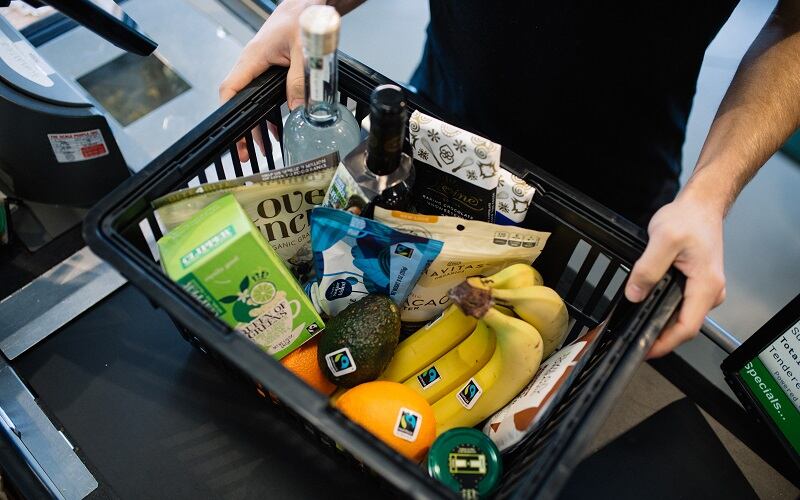The updated report published this week tested 48 products across seven categories, including dark chocolate, cocoa powder, chocolate chips, milk chocolate bars, brownie mixes, chocolate cake and hot chocolate. The report includes products from brands like Hershey’s and Ghirardelli; from national retailers like Costco, Target, Trader Joe’s, Walmart and Whole Foods; and specialty producers like Droste and Navitas.
Consumer Reports cited exposure to heavy metals is linked to immune system suppression, reproductive issues, kidney damage and hypertension, along with developmental delays in children and expecting mothers.
The report stated that the two metals are concentrated the most in cocoa, which gives chocolate its signature flavor, and found that other cocoa formats, from cocoa powder to milk chocolate, contain “varying quantities” of lead and cadmium.
While dark chocolate skews towards higher heavy metal levels than milk chocolate, each tested product contained “detectable amounts” of lead and cadmium, according to James E. Rogers, PhD, director and acting head of product safety testing, Consumer Reports.
Consumer Reports based its cadmium and lead threshold on California’s heavy metal standard levels and found that 71% of the dark chocolate bars “were above our levels for lead, cadmium, or both.”
“Sixteen of the 48 products had amounts above Consumer Reports’ levels of concern for at least one of the heavy metals—in some cases more than twice our limit—but we did find safer options in each category of chocolate products,” he said.
Perugina Premium Dark Chocolate bars contained the highest amount of lead based on the California limit; while Evolved Signature Dark 72% Cacao Chocolate Bar tested high in both lead and cadmium; and Sam’s Choice Dark Chocolate 72% Cocoa showed high cadmium levels.
Due to milk chocolate’s diluted cocoa solid content, it tends to be lower in heavy metals than dark chocolate, Consumer Report stated. There were no high levels of either metal for milk chocolate bars in the study. Of the chocolate chips and cocoa powders that were tested, only two were over the lead limit.
Out of the six hot chocolate mixes that were tested, four “exceeded our lead limit.” While one brownie and two cake mixes “exceeded CR’s lead limit.”
Consumer Reports noted that while some of the tested products showed lower levels of the heavy metals, serving sizes should be considered when consuming.
The organization suggests that manufacturers source chocolate from regions with “low levels of cadmium in the soil” and “make improvements in cocoa harvesting, processing and cleaning procedures” to reduce heavy metal exposure in products.
National Confectioners Association reaffirms chocolate and cocoa are safe to eat
In response to Consumer Reports’ article, the National Confectioners Association (NCA) affirmed that chocolate and cocoa are safe to eat, citing the 2023 joint report by As You Sow, a non-profit organization advocating corporate social responsibility, which found that cadmium in cocoa beans comes from the soil, while lead occurs after harvest during the drying fermentation and transport process when damp beans are exposed to soil and dust.
In 2022, NCA responded to Consumer Reports’ initial study about its threshold levels stating that “The California Office of Environmental Health Hazard Assessment (OEHHA) guidelines cited in the Consumer Reports study are not food safety standards,” which was reported previously in FoodNavigator-USA.
Further, NCA asserted the chocolate and cocoa industry’s agreement to California Proposition 65 settlement, “which set established concentration levels for both lead and cadmium that supersede the OEHHA MADLs for cocoa and chocolate products.”
“Food safety and product quality remain our highest priorities, and we remain dedicated to being transparent and socially responsible,” NCA wrote in a statement.
The trade group remarked that “consumers understand that chocolate and candy are occasional treats,” referring to CDC’s National Health and Nutrition Survey which reported U.S. consumers eat chocolate and candy 2-3 times per week and “average just 40 calories per day and about one teaspoon of added sugar per day.”




